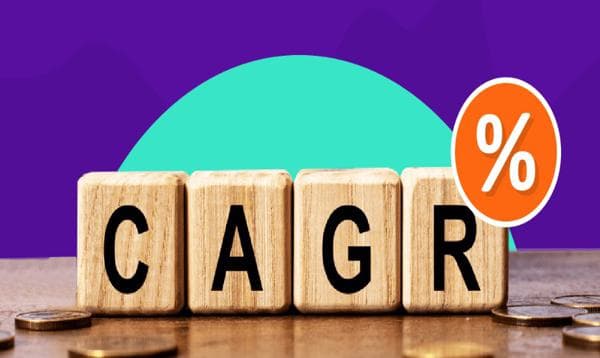
Understanding CAGR (Compounded Annual Growth Rate): A Comprehensive Guide
Learn about CAGR, its calculation, importance, and how to use it in your investment strategy.
January 5, 2025
Learn about risk-adjusted return, its calculation, importance, and how to use it in investment decision-making.

Risk-adjusted return is a measure that evaluates the return of an investment relative to the risk taken to achieve that return. It helps investors understand how much return they are getting for the level of risk they are exposed to. This metric is crucial for comparing different investments and making informed investment decisions.
Risk-adjusted return is important because it provides a more comprehensive view of an investment's performance. While nominal returns show the gross profit from an investment, they do not account for the risk taken to achieve those returns. By considering risk, investors can:
There are several methods to calculate risk-adjusted return, including:
The Sharpe Ratio measures the excess return per unit of risk. It is calculated as:
Sharpe Ratio = (Rp - Rf) / σp
Where:
The Sortino Ratio focuses on downside risk by considering only negative returns. It is calculated as:
Sortino Ratio = (Rp - Rf) / DR
Where:
The Treynor Ratio measures returns earned in excess of the risk-free rate per unit of market risk. It is calculated as:
Treynor Ratio = (Rp - Rf) / βp
Where:
Investors can use risk-adjusted return metrics to:
While risk-adjusted return is a valuable metric, it has some limitations:
Consider two mutual funds, Fund A and Fund B, with the following characteristics:
Calculating the Sharpe Ratio for both funds:
Sharpe Ratio (Fund A) = (10% - 2%) / 8% = 1.00
Sharpe Ratio (Fund B) = (12% - 2%) / 15% = 0.67
Although Fund B has a higher nominal return, Fund A has a better risk-adjusted return, making it a more attractive investment when considering risk.
Risk-adjusted return is a crucial metric for evaluating the performance of investments relative to their risk levels. By understanding and calculating risk-adjusted returns, investors can make more informed decisions, optimize their portfolios, and better manage investment risk. While it has some limitations, risk-adjusted return provides valuable insights that are essential for effective investment decision-making. Use our Risk-Adjusted Return Calculator to estimate the risk-adjusted returns of your investments and make informed choices.
More Articles

Learn about CAGR, its calculation, importance, and how to use it in your investment strategy.
January 5, 2025

Learn about the importance and calculation of inflation-adjusted returns, and how they impact your investments.
January 5, 2025

Learn about XIRR, its benefits, how it works, and how to calculate it effectively.
January 5, 2025

Learn about the benefits and strategies of using SIP for effective goal planning.
January 5, 2025

Learn about SWP, its benefits, how it works, and how to set it up.
January 5, 2025